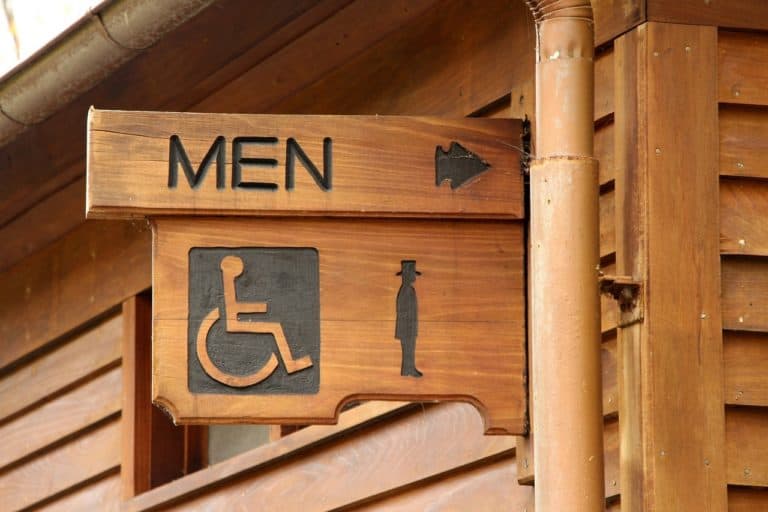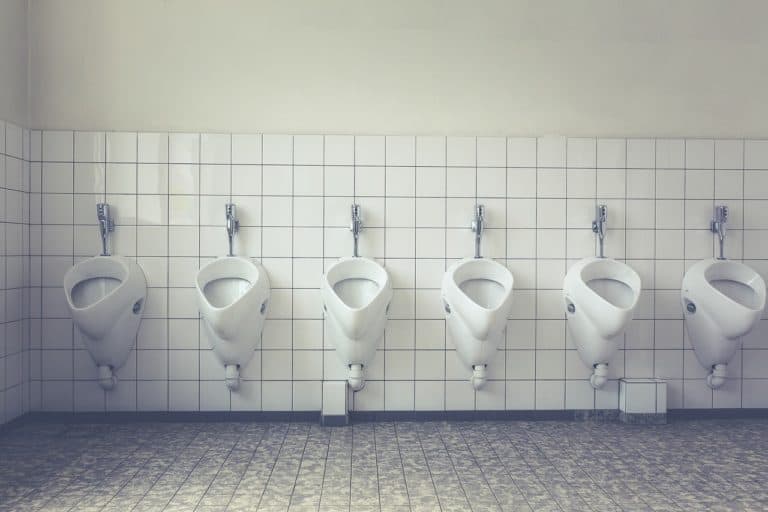Physical Therapy For Treating Incontinence Following Prostatectomy
The development of urinary incontinence after undergoing prostatectomy is a common occurrence, affecting an estimated 70 percent of men to some degree at 12 and 24 months post-surgery. Men who plan to undergo this surgical procedure should discuss the potential side effects with their doctor before the operation and be offered ways to manage it….









